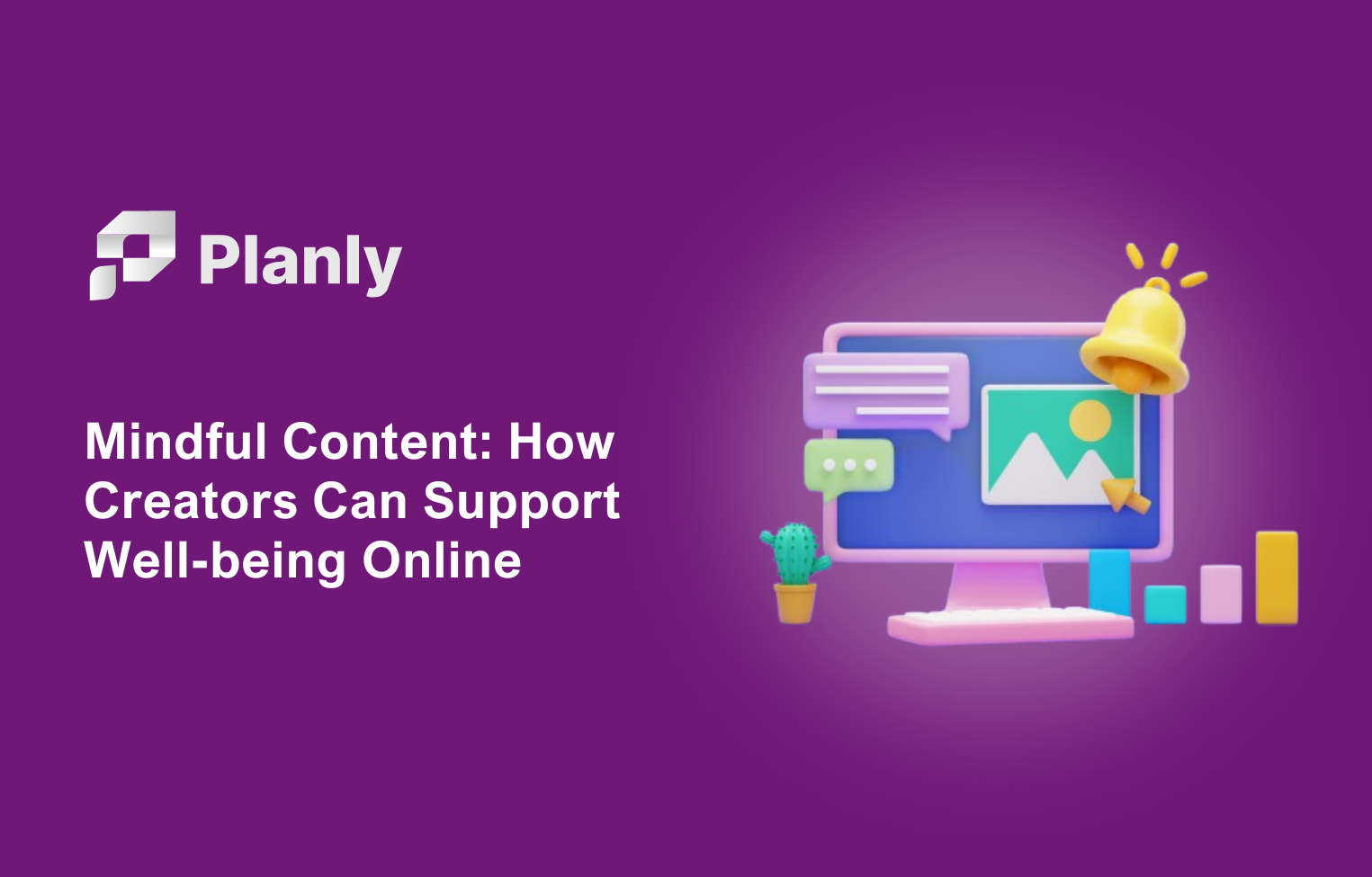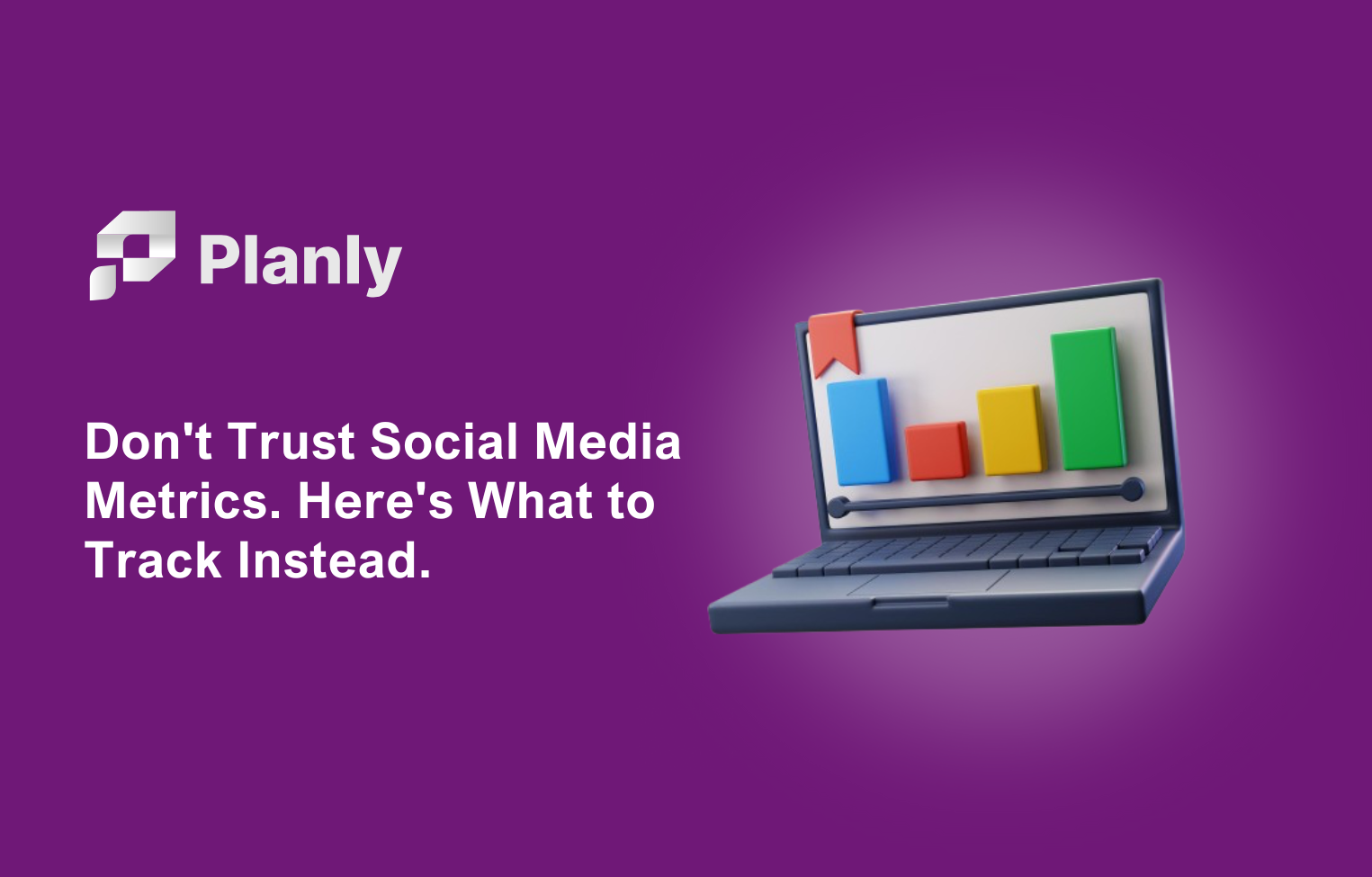Understanding the demographics of social media users is crucial, and AI plays a vital role in this by analyzing the diverse user base in terms of age, gender, ethnicity, and socio-economic background.
Social media has transformed the way businesses engage with their target audience.
To succeed on social media, it's not enough to just have a presence – businesses must also have a deep understanding of the behavior, characteristics, and demographics of social media users, and personalize their strategies accordingly.
With the abundance of big data available, it can be overwhelming to sift through and identify meaningful patterns. This is where artificial intelligence (AI) comes in, offering a powerful tool for social media analytics and boosting social media ROI with demographics.
Yes, the use of AI and machine learning for user profiling and segmentation is still relatively new, but recent user statistics show that businesses are increasingly turning to AI for social media marketing to gain a competitive edge.
However, with this excitement comes subtle anxiety: how much can we trust AI to accurately analyze the demographics of social media users?
In this article, we will explore the fascinating role of AI in understanding social media user demographics, including the benefits and challenges of using AI in this way, and what the future holds for predictive modeling and AI in social media user demographics analysis.
The Basics of Social Media Demographics
Have you ever noticed that social media platforms seem to know a lot about their users?
That's because they're collecting data on the demographics of social media users alongside other types of data- which means information about specific groups of people like their age, gender, location, and interests.
Platforms get demographic insights for social media strategy from users' profiles and activity on the platform, and even from third-party sources in some cases.
How do they do it? Glad you asked.
How do Social Media Platforms Collect Demographic Data of Their Users?
Let's say you sign up for Instagram and fill out your profile information. You provide your name, age, gender, and location, which the platform uses to place you in a demographic group of social media users.
Then, as you start using the platform, you post photos, comment on posts, and like content that interests you. The platform uses this activity to further refine its understanding of your demographic group and interests.
But social media platforms don't just rely on user-provided data and activity on the platform to determine the demographics of social media users. They also use third-party data to gather more information about their users.
For example, Facebook partners with data brokers to get information about users' offline behaviors, like purchases and subscriptions. This helps them create even more detailed profiles of users and target ads more effectively.
But why do social media platforms need that much information about you? How social media sites use your personal data? The answer is simple.
They make a profit selling demographic your data to businesses. A twitter post scheduling tool can help you tailor your posts to the specific times when your target demographics are most active, based on insights provided by AI.
Why Social Media Demographics is Important for Businesses?
As you spend time on social media platforms, you generate more and more data.
This data reveals more than simple information and as the time increases, social media platforms gain more information from you.
That’s why they try to keep you on their app.
Businesses but this data to create specialized ads and increase sales.
How? Let’s look at the example.
Imagine you're a business that sells sports equipment, and you're looking to advertise a new line of running shoes. Using social media demographics, you can target your advertising to people who are more likely to be interested in running and athletic wear.
Let's say you decide to advertise on Instagram, which has a user base that skews younger and more female than other social media platforms. Using Instagram's targeting options, you can further narrow down your target audience by selecting interests related to running and fitness, as well as age and other demographic options of social media users.
This ensures that your ads are seen by people who are most likely to be interested in your products, increasing the chances of conversions and sales.
But social media user demographics aren't just useful for advertising - they can also inform your content strategy. For example, if you notice that your audience on Facebook is predominantly female, you may want to create and schedule content on Facebook that speaks to their interests and experiences.
You could share user-generated content featuring women using your products or highlight female athletes who use your equipment. This content personalization can help build a stronger connection with your target audience and improve engagement.
Then let's look at the simplest question: What do we mean by saying demographics of social media users?
What is Social Media User Demographics?
Social media user demographics refer to the data and information about the users of social media platforms.
It includes details like age, gender, location, education level, income, interests, and behavior patterns. By understanding the demographics of social media users, businesses can tailor their marketing and advertising strategies to better target their ideal customers.
There are a number of ways to classify social media user demographics. Here are a few examples:
- Age: Social media users can be grouped into various age ranges, such as Gen Z (born after 1997), Millennials (born between 1981 and 1996), Gen X (born between 1965 and 1980), and Baby Boomers (born between 1946 and 1964).
- Gender: Social media user demographics can be classified by gender, with some platforms having a majority of male or female users.
- Location: Demographics can be grouped by geographic location, whether it's by country, region, or city.
- Interests: Social media users can be classified by their interests and hobbies, based on the pages they follow or the content they engage with.
- User Behavior: Demographics of social media users can also be viewed by their behavior patterns, such as frequent purchasers, engaged followers, or occasional users.
Understanding the demographics and social media engagement is essential for businesses to succeed in their marketing efforts.
The Role of AI in Analyzing Social Media Demographics
Social media user demographics offer valuable insights for businesses looking to increase their reach and engagement on social media. And AI is becoming increasingly important in analyzing vast amounts of social media user demographics data generated on these platforms.
Demographic data of social media users is like a secret weapon. Combined with an exceptional marketing strategy and use of the right social media platforms to reach customers, it can take your business into the league of big players.
However, to effectively use social media and get big, you need a plan. That's where Planly - a social media scheduling tool takes the lead. Planly lets you create and manage a content calendar to ensure that your social media posts are timely and targeted.
So, you don’t lose focus micromanaging your posts and can focus on things that matter.
With Planly, it is possible to schedule posts on several social media platforms at the same time, according to the specific features of that platform.
Sign up for Planly today and start maximizing your social media potential!
How AI is Used to Analyze Social Media Trends
One of the key advantages of using AI for social media analysis is the ability to process large volumes of data quickly and accurately. Social media analytics derived from analyzing social media user demographics can provide businesses with a more comprehensive understanding of their target audience.
This understanding can help them create more effective marketing strategies that resonate with their audience.
For example, if your target audience in social media is primarily women between the ages of 25-34, AI can help you tailor your marketing efforts to effectively reach and engage this specific group.
In addition, AI-powered social media user demographics data can help you personalize your marketing campaigns to Sara and Laura and use demographic targeting on social media.
Don’t panick, because your marketing camapign is only targeted at Sara, there are a lot of people like her, you don’t lose sales, quite the opposite you close more sales as your ads are more effective.
Benefits of Using AI for Social Media Analysis
Imagine you're a business owner trying to promote a new product. You want to reach out to your target audience, but how do you know who they are?
This is where AI can help. Using machine learning algorithms to understand the demographics of social media users, AI can identify users based on user characteristics and statistics such as age, gender, location, and interests.
Think of it like having a superpower to instantly know your target audience and social media user demographics. It is like knowing all your customers on a face-to-face basis. That way, you would know exactly what they want and what they hate.
Having this kind of information can help in using demographics to improve social media UX. For example, if your product is targeted towards young adults as the main social media user demographics, you can create social media posts that feature trending topics and use a language that resonates with that age group.
Moreover, AI can help in segmenting your audience based on their behavior and preferences, allowing you to optimizing social media campaigns for demographics.
With big data analytics and predictive modeling, AI can analyze user behavior and predict future actions of changing social media demographics. This can help you create more effective marketing campaigns that are tailored to your target audience.
How AI is Used to Identify Demographic Patterns and Trends?
AI is used to identify demographic patterns of social media users by analyzing user data and identifying common characteristics among groups of users.
For example, AI can be used in data analysis to identify which groups are most active out of a diverse social media demographic on a particular social media platform, or which regions have the highest concentration of users.
However, there are also some challenges to using AI for demographics in social media advertising. For one, AI can only analyze the data that it has been trained on, which means that it may not always identify all relevant patterns or trends.
Additionally, there are concerns about the privacy of user data and the potential for AI to make biased or inaccurate conclusions based on that data.
Despite these challenges, the role of AI in analyzing social media user demographics is only set to increase in the future. As businesses continue to collect and analyze data on social media, AI will become increasingly important in helping them to make sense of demographics of social media and use it to create more effective marketing strategies.
Future of AI in Social Media Demographics Analysis
As we've seen, AI has already made a significant impact on social media user demographics analysis. But what does the future hold for this field? Well, one thing's for sure: AI is only going to become more advanced and sophisticated.
Imagine this - with the help of machine learning and predictive modeling, AI algorithms will be able to identify not only the basic demographics of social media users, but also their behavior patterns, preferences, and interests. This means businesses will be able to create personalized marketing strategies that are tailored to each individual user.
But with great power comes great responsibility, as they say. There will be challenges to overcome as AI becomes more integrated into demographic analysis of social media users. For one, AI algorithms will be held accountable, and that they don't perpetuate biases or discrimination.
So, how can you, as a business owner, prepare for the future of AI in social media user demographics analysis? Well, for starters, they can start investing in AI-based analytics tools and software.
These tools can ensure you follow ethical and transparent measures while collecting data for social media user demographic analysis, and you have measures in place to protect user privacy.
Ultimately, the future of AI in analysing demographics of social media users is bright - but it will require careful planning, ethical considerations, and ongoing innovation to ensure that businesses can continue to use AI to create effective and personalized marketing strategies.
What’s Next?
We've covered a lot of ground, from the basics of social media user demographics to the benefits and challenges of using AI for analyzing them. But what does it all mean for your business?
In short, it means that you have a powerful tool at your disposal for understanding demographics of social media users and creating more effective marketing strategies. By leveraging AI and social media analytics, you can gain insights that were once impossible to uncover, and stay ahead of the curve in a rapidly evolving digital landscape.
Of course, there are also challenges to be aware of, from data privacy concerns to the need for ongoing education and training. But with the right mindset and approach, businesses can navigate these challenges and take full advantage of the potential offered by AI and social media user demographics analysis.
So go ahead, dive in, and explore the possibilities for yourself. Who knows what insights and opportunities await?









